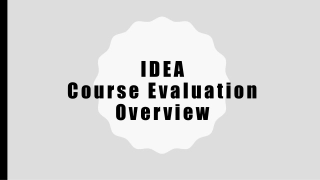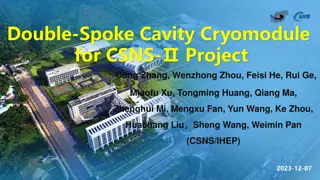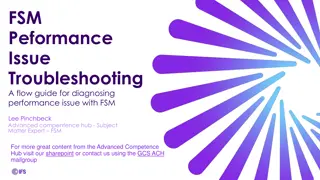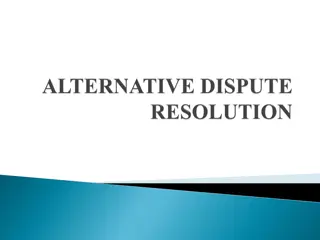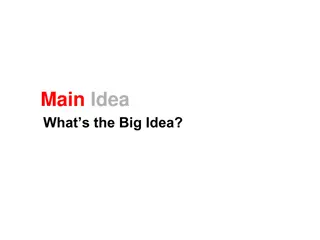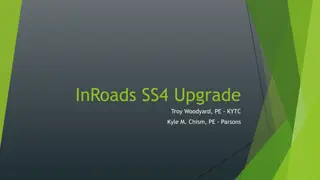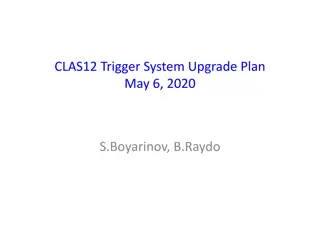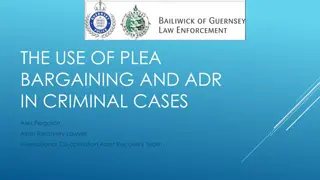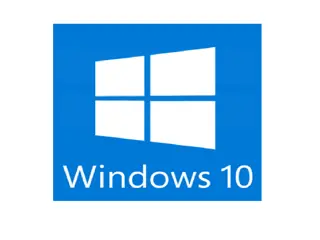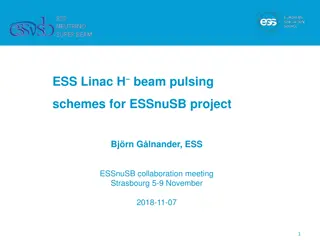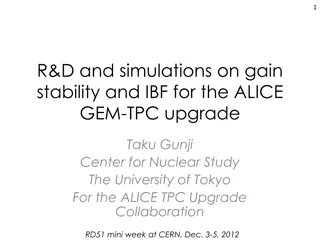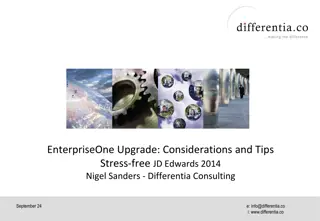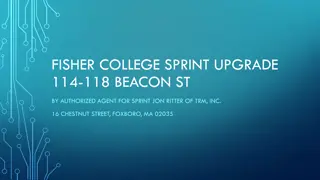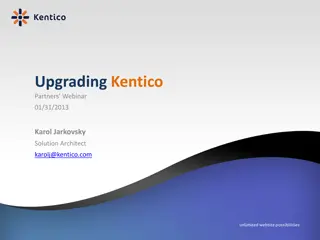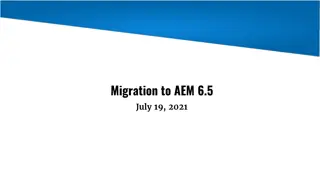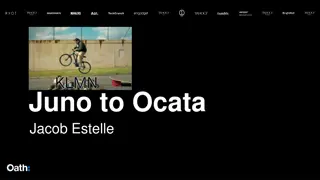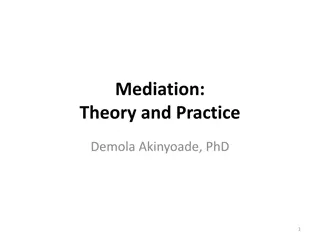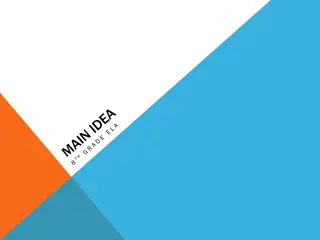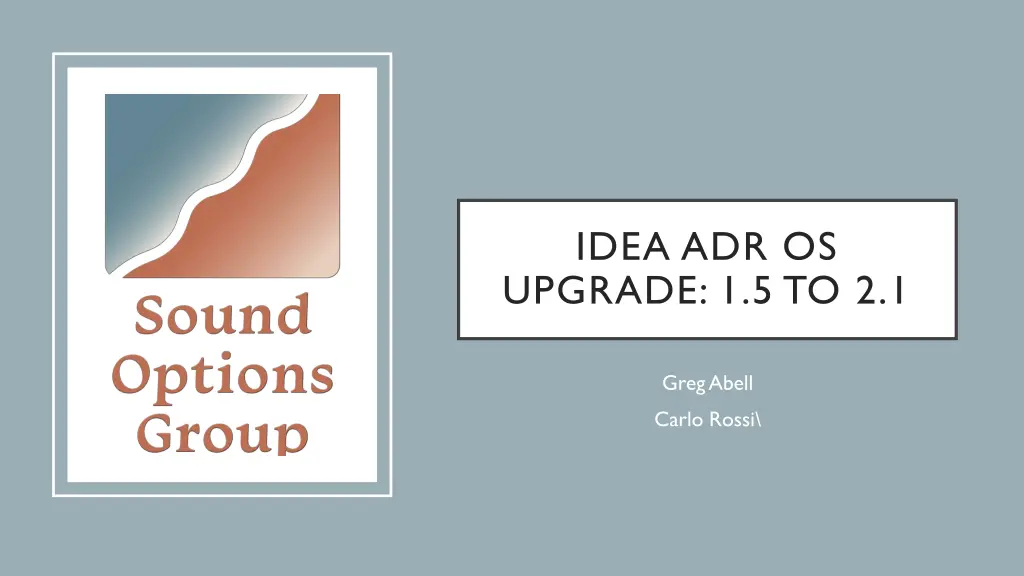
Building Capacity for Conflict Engagement within IDEA
Explore the history of ADR within IDEA and introduce an MTSS framework for conflict engagement. Delve into mediation, facilitated IEPs, and the third side's role in conflict transformation. Learn how conflict can be productive within teams and the various faces of conflict. Discover the importance of the third side in resolving disputes effectively.
Download Presentation

Please find below an Image/Link to download the presentation.
The content on the website is provided AS IS for your information and personal use only. It may not be sold, licensed, or shared on other websites without obtaining consent from the author. If you encounter any issues during the download, it is possible that the publisher has removed the file from their server.
You are allowed to download the files provided on this website for personal or commercial use, subject to the condition that they are used lawfully. All files are the property of their respective owners.
The content on the website is provided AS IS for your information and personal use only. It may not be sold, licensed, or shared on other websites without obtaining consent from the author.
E N D
Presentation Transcript
IDEA ADR OS UPGRADE: 1.5 TO 2.1 Greg Abell Carlo Rossi\
Briefly review a history of ADR within the IDEA Introduce an MTSS framework for building and sustaining individual and collective capacity for conflict engagement OBJECTIVES Share examples of the implementation of this framework
Dispute Resolution Focus Mediation Facilitated IEP s optional IDEA DR OS1.5 Complaint Process Due Process Hearing Resolution Session
Conflict Engagement Focus Redefining our relationship to conflict Building Capacity within the Third Side IDEA CE OS2.1 Creating identifiable local capacity Responding to cultural context Accessing the value of Conflict
FOUNDATIONAL CONSTRUCTS
IN GREAT TEAMS, CONFLICT BECOMES PRODUCTIVE. THE FREE FLOW OF CONFLICTING IDEAS IS CRITICAL FOR CREATIVE THINKING, FOR DISCOVERING NEW SOLUTIONS NO ONE INDIVIDUAL WOULD HAVE COME TO ON HIS OWN. PETER SENGE
SIX FACES OF CONFLICT Low Impact Conflict Latent Conflict Transient Conflict Representative Conflict Stubborn Conflict Enduring Conflict STAYING WITH CONFLICT: A STRATEGIC APPROACH TO ONGOING DISPUTES BERNARD MAYER
In our societies, conflict is conventionally thought of as two-sided: husband vs wife, union vs employer, Arabs vs Israelis. The introduction of a third party comes as an exception, an aberration, someone meddling in someone else s business. We tend to forget what the simplest societies on earth have long known namely, that every conflict is actually three-sided. No dispute takes place in a vacuum. There are always others around relatives, neighbors, allies, neutrals, friends, or onlookers. Every conflict occurs within a community that constitutes the third side of any dispute. The third side is the surrounding community, which serves as a container for any escalating conflict. In the absence of that container, serious conflict between two parties all two easily turns into destructive strife. Within the container, however, conflict can gradually be transformed from confrontation into cooperation. (7) The Third Side: How We Fight and How We Can Stop, William Ury TAPPING INTO THE THIRD SIDE
LEADERSHIP WITHOUT EASY ANSWERS RONALD HEIFETZ Technical & Adaptive Work Technical work Technical problems are those that, in some sense, we already know how to respond to them. Adaptive work The problem definition is not clear-cut, and technical fixes are not available. Learning is required to both define problems and implement solutions.
RELATIONSHIPS WITHIN THE SCHOOL HOUSE ROLAND S. BARTH One incontrovertible finding emerges from my career spent working in and around schools: The nature of relationships among the adults within a school has a greater influence on the character and quality of that school and on student accomplishments than anything else.
Tier 3 Tier 3 Professional resources Resources, services and strategies are typically more intense in nature and may remove some of the power parties have in resolving their dispute. have in resolving their dispute. Professional resources Resources, services and strategies are typically more intense in nature and may remove some of the power parties Tier 2 In service of others Resources, services and strategies at this level are developed and sustained at the system or organizational level and delivered by individuals and groups trained to support others in the engagement of conflict in the context of working together, in four clearly defined roles. Tier 3 Services provided by an external entity with the authority to arbitrate or adjudicate the conflict, Tier 2 Tier 1 Individuals and teams trained to work with others challenged by conflict. In service of self Resources, services and strategies designed and implemented in support of the engagement of conflict at the earliest opportunity and from a proactive perspective. Tier 1 Individual and group professional development in support of building effective interpersonal relationship with conflict engagement and to build and sustain collaborative relationships. MTSSCE FRAMEWORK
Mindfulness/self-awareness of what you, as an individual, bring to interpersonal working relationships. What is your relationship to conflict? To collaboration? Starting with self: How do you effectively prepare for engaging challenging conversations? Listening for understanding, genuine curiosity regarding the perspective of others, TIER 1 COMPETENCIES Sharing your perspective, advocating your perspective and ideas in ways that do not polarize and/or lead to debate, Exploring issues to better understand interests, identifying a shared understanding of the criteria we will use to determine our shared action, and Creating solutions for mutual purpose/benefit.
Engaging Challenging Conversations (prerequisite) Engaging Leading through Conflict and Change (elective) Leading TIER 1 SAMPLE SEMINARS Building Effective Teams (elective) Building Redefining your Relationship to Conflict (elective) Redefining
Conflict Coach Facilitator TIER 2 COMPETENCIES Teacher Conflict Engagement Specialist
Operating From the Third Side: Supporting Others to Navigate Conflict) Parent Partner / Navigator TIER 2 SAMPLE SEMINARS Facilitation / IEP Facilitation Basic and Advanced Conflict Coaching / Consultation Basic and Advanced
System Design and Implementation Interest-Based Approach Interpersonal / Narrative Approach Shuttle Basic and Advanced Mediation TIER 3 COMPETENCIES Advanced Facilitation Advanced Conflict Coaching
TAESE Center For Special Education Leadership and Conflict Engagement

